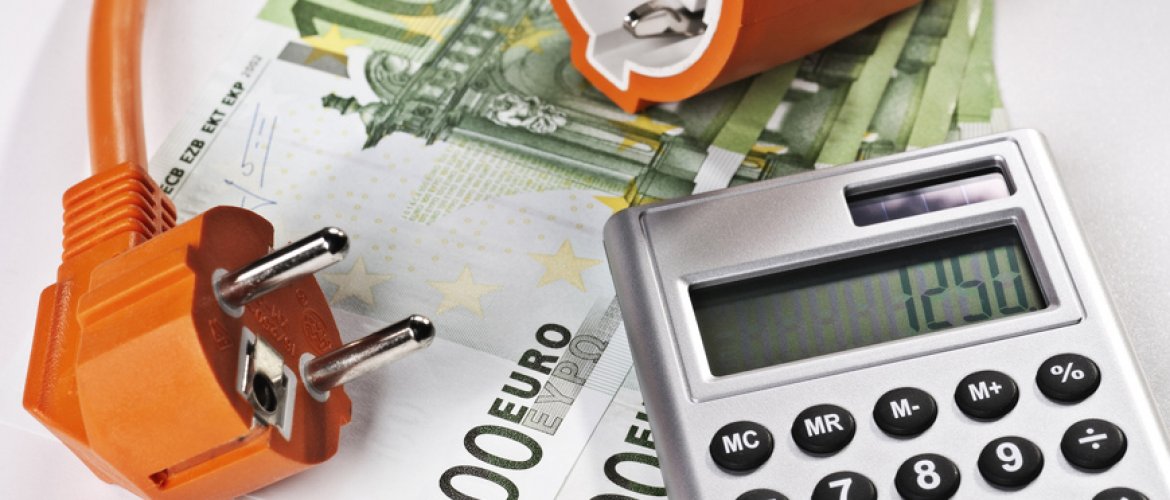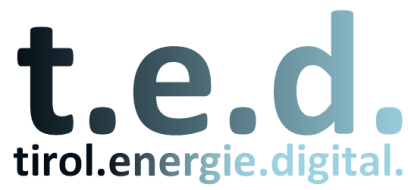
tirol.energie.digital (t.e.d.) (Tirol – Energy – Digital)
Investigating novel ways to use smart meters
Electricity purchases in the retail sector are currently billed almost exclusively at a price fixed in advance, which changes annually at most and is based on annual meter readings. This is due to the fact that the electromechanical meters currently installed at most customers’ premises do not permit remote readouts, and conducting readouts during the year would therefore be too costly.
Supply & demand
On the wholesale (intraday) market, on the other hand, there is a new price each quarter of an hour, which fluctuates depending on supply and demand. This discrepancy between the fixed tariff for retail customers and the quarter-hourly fluctuating price for the energy purchased from the energy supplier is countered with the help of standard load profiles. Standard load profiles are standardized consumption curves that reflect the energy consumption of certain customer groups (e.g., households) over time.
Due to this decoupling between the wholesale market and the retail sector, retail customers currently can only influence their energy bills via their overall level of consumption. At the same time, energy suppliers are confronted with the problem that the actual consumption of their retail customers often deviates significantly from the sales forecast based on standard load profiles. This deviation has to be compensated at the level of the wholesale electricity market, causing additional costs.
With the mandatory installation of smart meters, retail customers could be brought into this system of temporal changes in energy consumption and costs. Furthermore, suppliers can profit from improvements in the demand forecast. Smart meters are able to record electricity consumption at the level of the quarter hour. Theoretically, this would make it possible to put a discrete, quarter-hourly price on electricity consumption in the retail sector.
However, there are currently no generally applicable frameworks to price the temporal course of electricity consumption at the retail level. The potential of such an approach would be enormous, because there are more and more high-load devices in ordinary homes (heating systems, hot water boilers, charging stations for EVs) that have communication interfaces. Via such an interface, the device can be controlled by the user, usually via an app. (Example: remote activation of the heating system). These functionalities can be subsumed under the umbrella term smart home.
Win-win situation
The aim of this project is to create a win-win situation for all stakeholders in the retail market. Customers could benefit from supply-dependent tariffs through load shifting. Energy suppliers would receive increased planning reliability for procurement on the wholesale market. Grid operators could use monetary incentives to moderate the comparative grid load over time. To meet these goals, a system will be created that will allow devices or the smart meter on the consumer’s end to respond autonomously to price incentives. It would thus not require any initiative on the part of end users themselves.
The customer sets limits within which the smart home system can operate, such as room temperature or the charging status of the electric vehicle. To take the example of room temperature: Let’s assume the customer wants a target temperature of 21 °C. At the same time, they specify a minimum temperature of 19 °C and a maximum temperature of 24 °C for the system. This range makes it possible to schedule the heating periods at those times of day when the electricity provider offers the lowest prices. This automation in electricity consumption only makes sense for large household consumers that also have storage capabilities (thermal or electrical). If such a system is scaled to many retail customers, the grid operator has the opportunity to respond to critical grid conditions by offering cost incentives.
